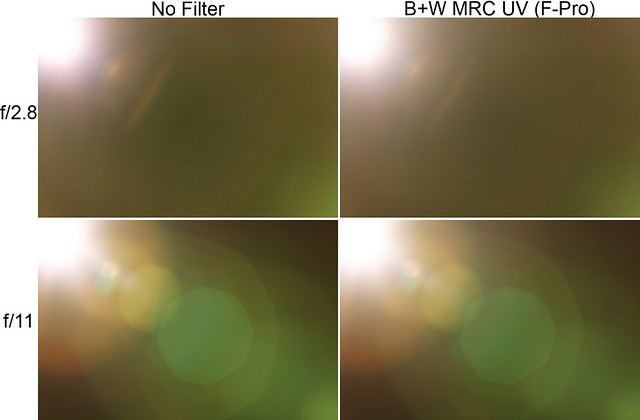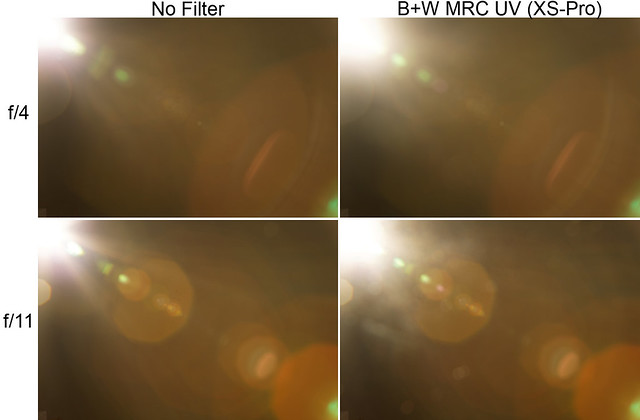Yes, I filter my lenses, and I'm looking for one for my 70-200mm f/2.8 IS II. Do you guys have any recommendations or favorites when it comes to UV filters? I've been looking at the B+W F-Pro filter.
Thanks!
Thanks!
IWLP said:Yes, I filter my lenses, and I'm looking for one for my 70-200mm f/2.8 IS II. Do you guys have any recommendations or favorites when it comes to UV filters? I've been looking at the B+W F-Pro filter.
Thanks!
Viggo said:Buy a good one, I 've tried 4 different types which works fine with my other lenses, but on the 70-200 II it seems to need something proper. I had "no" af with a cheapcheap filter, and adjusted MA to +14 to get anything remotely good. I had NO ideo a filter could do such a crazy difference, since everyone says, scratch your lens, it will never show up in real life shots anyway. Well, not with this new lens. It's just to good to use a low-end filter on it. I bought a 30 dollar filter from Kenko (Pro) and it works very well, MA is back to +2 now, and much sharper than before.
fotox.tv said:Please allow me to make two humble remarks:
1. I have not found a filter which does not add additional flare to my lenses - be it cheap kit lenses or be it Canon L lenses. For this reason I do not use filters unless needed (i.e. polarising filter).
2. The purpose of the filter is to protect the front lens against damage. I do not know how much the front lens of an L objective costs (I only heard that most would cost less then 100 Euro), but consider (the price of a front lens repair minus costs for protecting filter) against additional flare. For me a saving potential of some 10 Euros (or 14 USD) does not outweigh making my pictures worse on a system which costs 4.000 Euro.
But you decide for yourselves.
May be someone has an idea how much a front lens repair costs?
I wish everyone always good light!
Viggo said:I choose good filters and see what they're like, if I can tell they're giving me the same (or as close as possible to) IQ as without filter, then I sell them and buy a more expensive one, but I don't get a 150 dollar filter (and yes they cost that here in Norway) just because it's expensive, if I can't see the difference between a 30 dollar and 120 dollar filter, I don't buy the 120 dollar one, isn't that pretty obvious?
fotox.tv said:1. I have not found a filter which does not add additional flare to my lenses - be it cheap kit lenses or be it Canon L lenses. For this reason I do not use filters unless needed (i.e. polarising filter).


